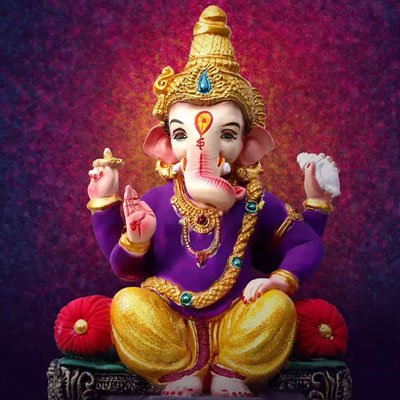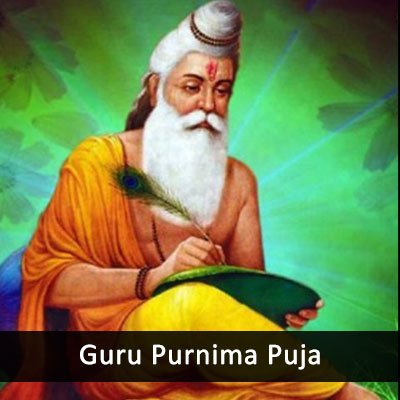₹5100
Overview
- Sankashti Chaturthi marks the start of a new lunar month, bringing positive energy
- Invoke the blessings of Lord Ganesha for success and prosperity.
- Observing Sankashti Chaturthi helps in overcoming obstacles and challenges.
- Fasting on this day is thought to purify the mind, body, and soul
- It is believed to bring harmony and well-being to the family
- Creating a positive environment.
- It is believed that by fasting, one can overcome all obstacles.
Every month has two Chaturthi days, according to the Hindu calendar. First, Sankashti Chaturthi comes after the full moon, and then, Vinayaka Chaturthi comes after the new moon. Although Sankashti Chaturthi is observed every month. The most important Sankashti Chaturthi occurs in the month of Magha according to the Purnimant School. It occurs in the month of Paush according to the Amavasyant School.
If Sankashti Chaturthi falls on a Tuesday, it is known as Angarki Chaturthi. It is considered very auspicious. The Sankashti Chaturthi fast is mostly observed in Western and Southern India, particularly in Maharashtra and Tamil Nadu.
Sankashti Chaturthi Vrat
Lord Ganesha devotees fast from sunrise to moonrise on Sankashti Chaturthi. Sankashti translates to “delivery in difficult times.” A representation of the one who removes all barriers is Lord Ganesha (The Ultimate Ruler of Intelligence). As a result, it is believed that by fasting, one can overcome all obstacles.
Strict fasting allows only fruits, roots, and vegetables. Sabudana Khichadi is a traditional dish. Moon sighting concludes the fast. The traditional Indian dish for Sankashti Chaturthi is Sabudana Khichadi. This dish is made with potatoes and peanuts. After seeing the moon at night, devotees break their fast.
In North India, Sankashti Chaturthi falls during the month of Magha and is known as Sakat Chauth. Vinayaka Chaturthi during Bhadrapada month is also known as Ganesha Chaturthi. Sankashti Chaturthi is also known as Ganesh Sankatahara or Sankatahara Chaturthi among Tamil Hindus.







